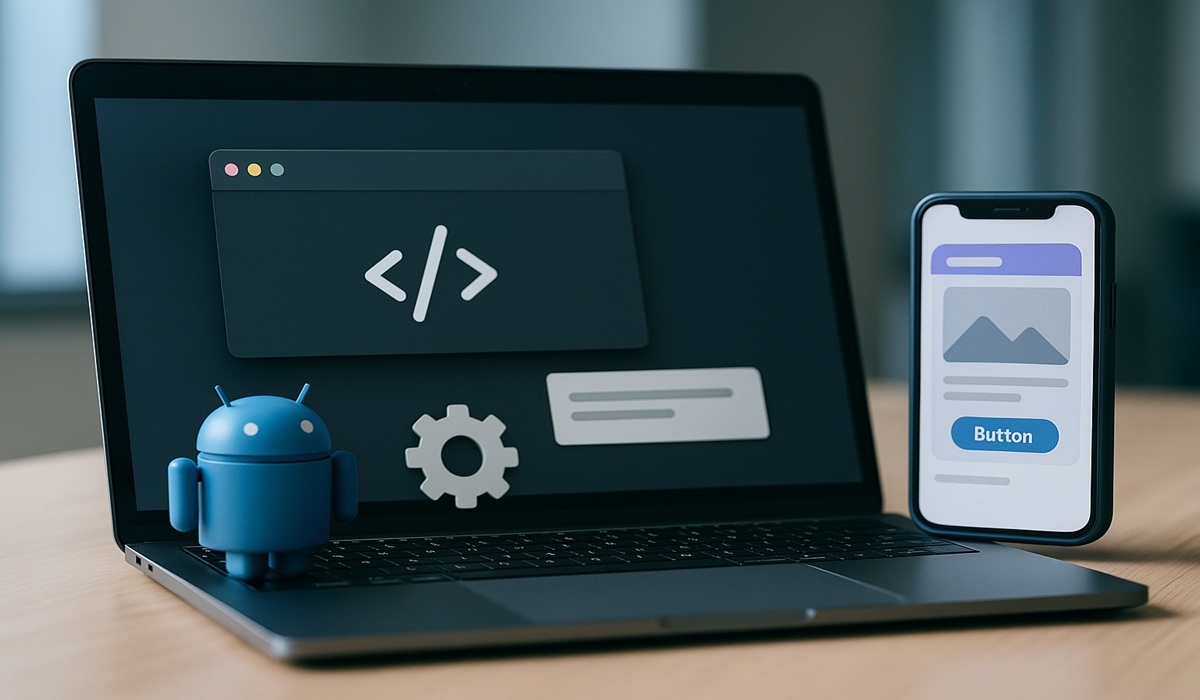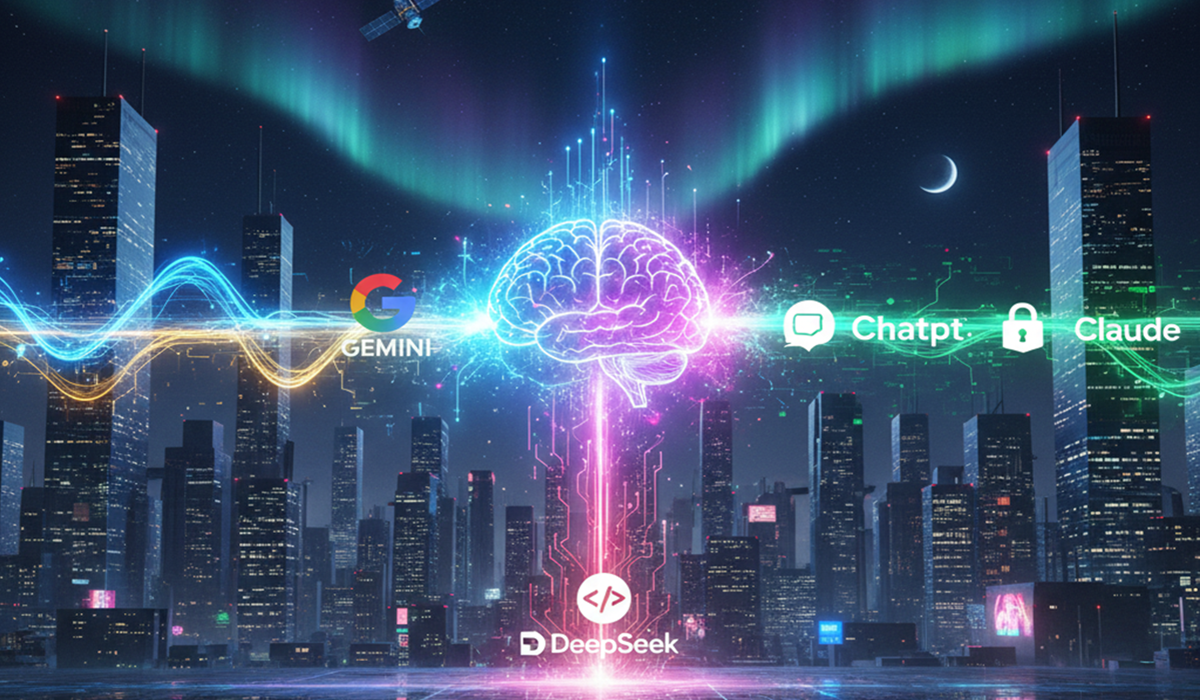Darvin.Dev The New Age of App Creation: When Ideas Build Themselves
- TDS News
- Technology
- Trending News
- October 20, 2025

By: Donovan Martin Sr, Editor in Chief
The rise of artificial intelligence has turned app development into a playground for non-coders. What once demanded teams, budgets, and months now often takes a clear prompt and a bit of iteration. We set out to evaluate the current wave of “think it, build it” platforms—tools that promise to transform natural-language instructions into working software—and we pushed them hard.
Across our testing, we included options like Base44, AppyPie’s AI builder, SoftGenius, and several other well-known contenders. Many of them are capable. Some are elegant. A few excel at specific niches such as data hookups or UI component libraries. But one platform kept separating itself in everyday use: Darvin.AI.
The distinction isn’t about slogans; it’s about how the system behaves under pressure. The interface is immediately readable—menus where you expect them, sensible defaults, and quick confirmations instead of mystery spinners. We consistently saw shorter generation times, moving from prompt to usable prototype in less time than comparable tools. Rendered layouts arrived with a level of polish that made them feel market-ready rather than demo-grade, and iteration felt natural: refine an instruction, regenerate a module, preview, repeat.
Current outputs cover web apps and Android builds via APKs, which we deployed without drama. The roadmap lists iOS and desktop generation as “coming soon,” and based on day-to-day performance, that expansion feels credible rather than aspirational. Where several peers stumbled—particularly with multi-step instructions or context carryover—the system handled layered directives with fewer misfires and less rework.
None of this erases the reality that some technical understanding still helps. Knowing how to structure prompts, manage assets, or check permissions remains useful, no matter the platform. But the barrier to entry feels tangibly lower here. Deployments are less fiddly, and the feedback loop from idea to revision is tight enough to encourage experimentation. In plain terms: shipping a first version feels within reach for creators who don’t write code.
Our broader takeaway from the testing cycle is that the category is maturing quickly. Several platforms are solid and improving fast. A few look powerful but rough around the edges. And there’s genuine innovation happening at the margins—better component theming, smarter data bindings, more transparent build logs. Within that landscape, Darvin.AI stands out for striking the right balance of speed, visual fidelity, and instruction handling, while keeping the surface area simple enough for newcomers.
This isn’t a coronation; it’s a status update in a market moving at warp speed. Tools change weekly. Features arrive, pricing shifts, and what’s “best” today can become “almost” tomorrow. Still, based on repeated, side-by-side testing, the experience here feels more dependable and production-minded than most. You can move from concept to a working web app, generate an Android APK, and prepare for broader platform coverage without wrestling the tool at every step.
So yes, we’re issuing a seal of approval—provisionally, as we continue to test. The field is competitive, and several rivals deserve attention for specific use cases. But if the goal is accessible creation with credible deployment paths and a UI that stays out of the way, Darvin.AI currently leads our list. It doesn’t erase the need for judgment or basic technical literacy, and it won’t write your product strategy. What it does do—reliably—is shorten the distance between a clear idea and something real you can put in people’s hands.
The larger story is this: platforms like this signal a fundamental change in how innovation will unfold. The next wave of entrepreneurs won’t be limited by their coding ability but by the clarity of their ideas. That shift is monumental. It means creativity, not syntax, becomes the competitive edge. And if that’s where technology is heading, then this is just the beginning of an entirely new era of creation—one where intelligence and imagination finally move at the same speed.








